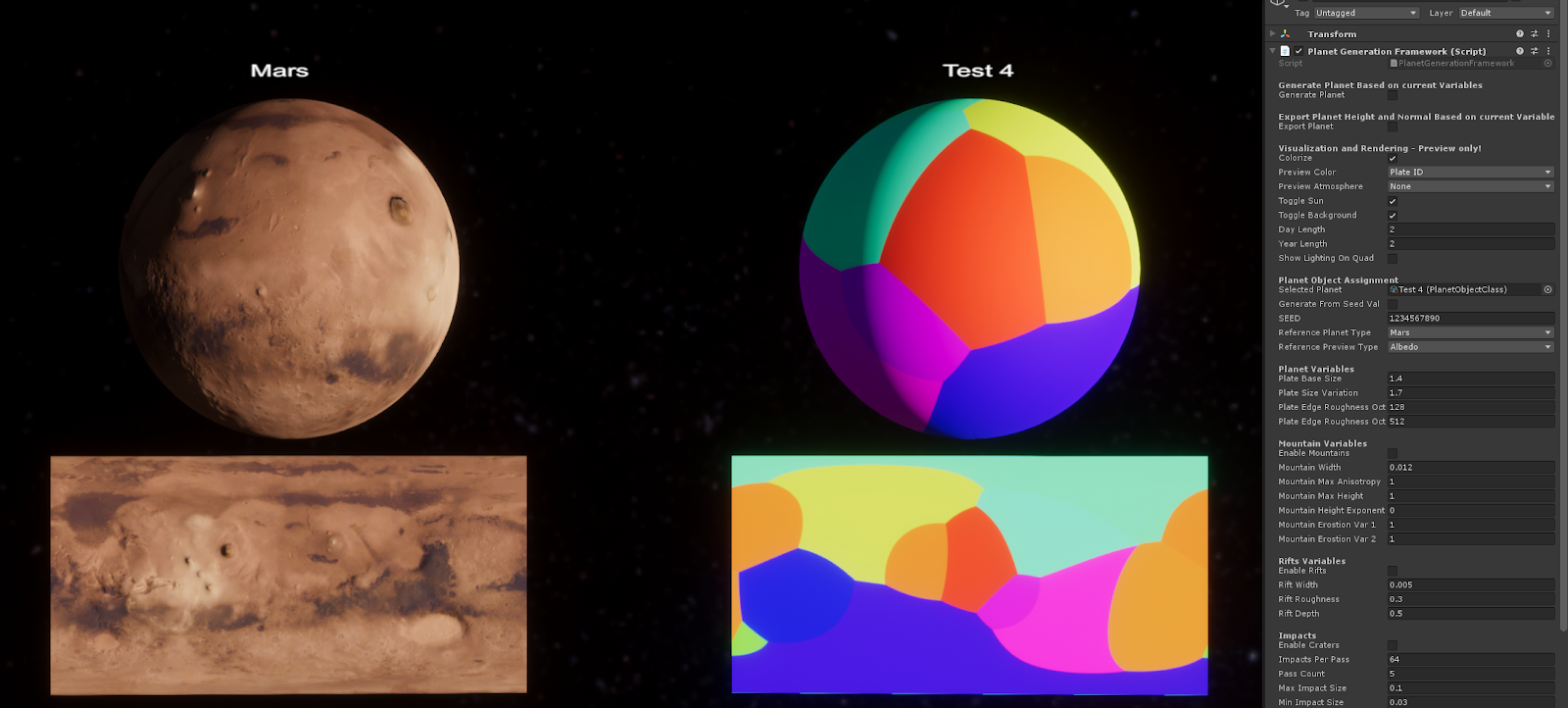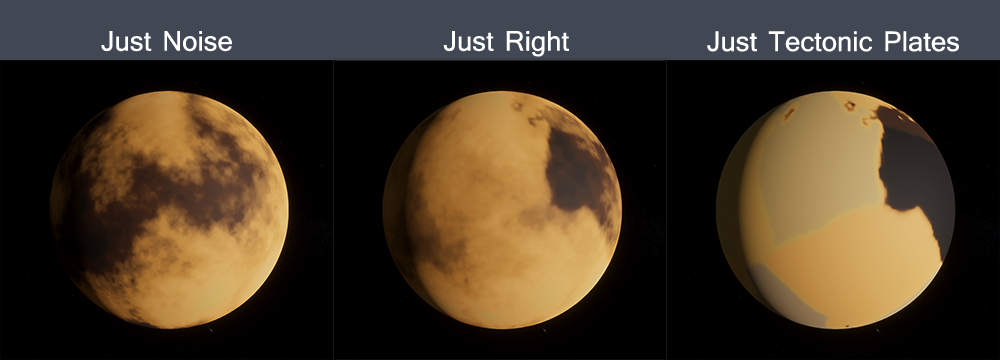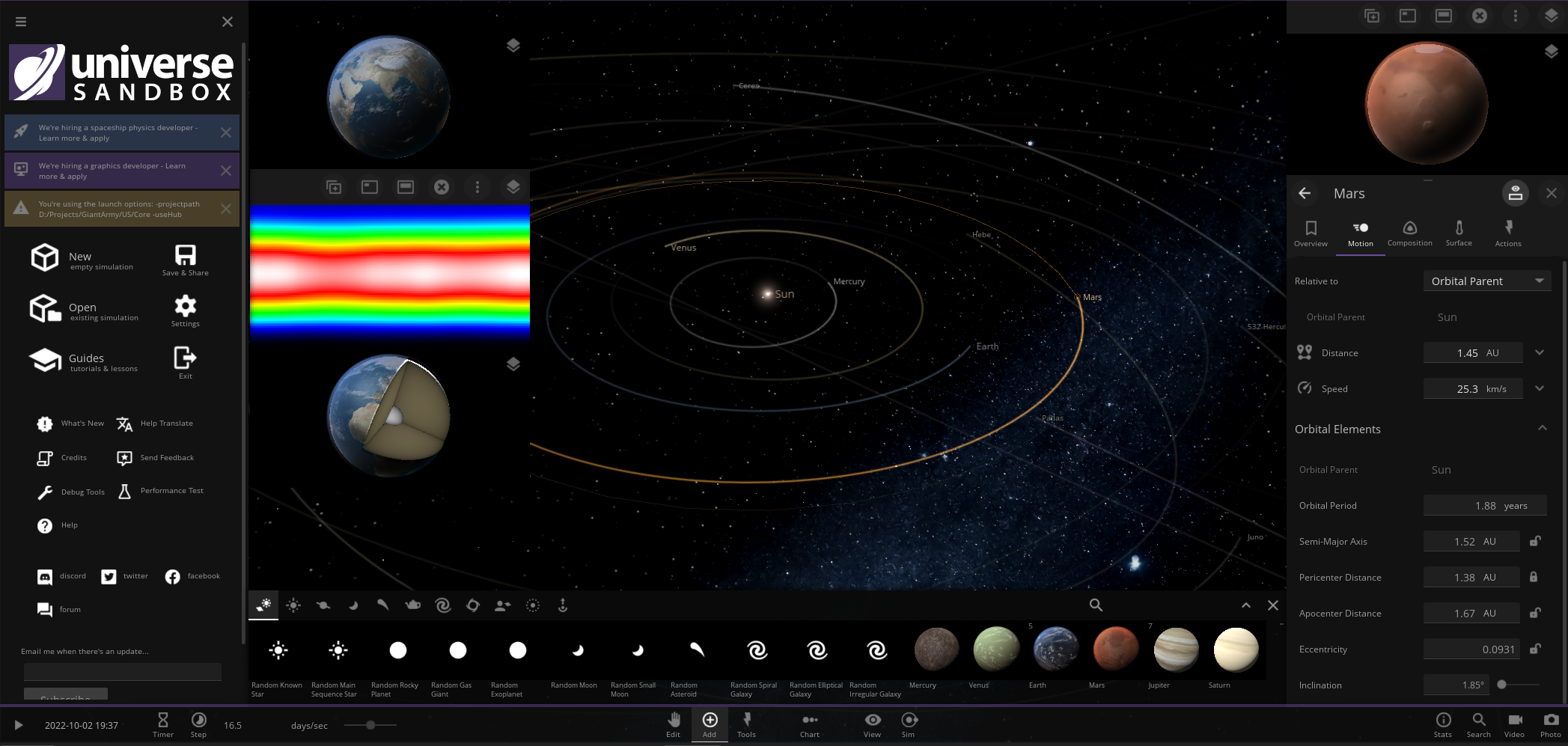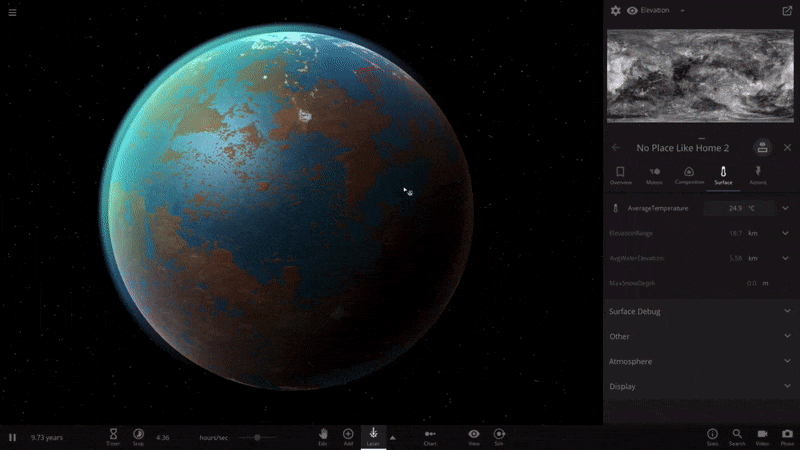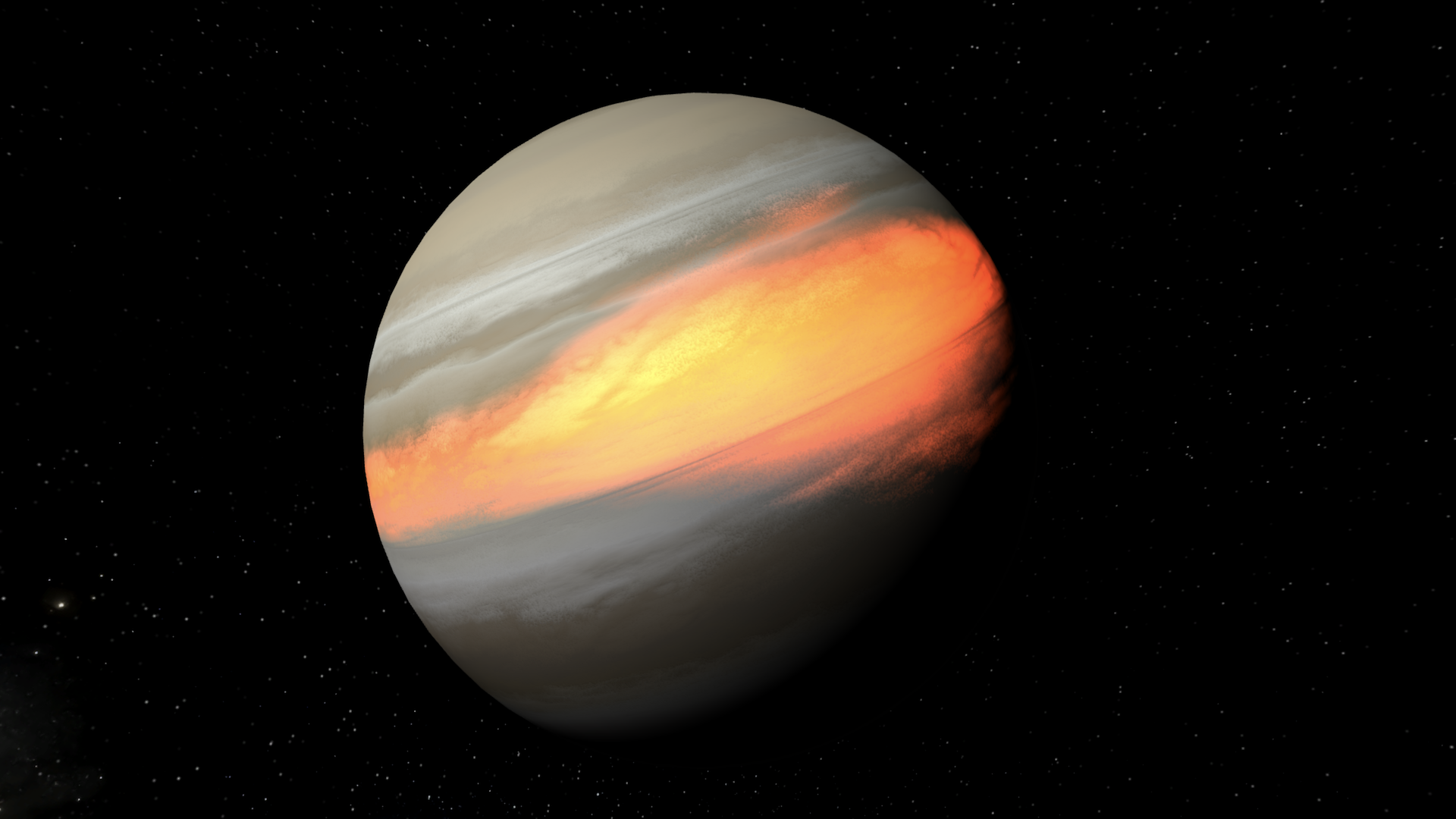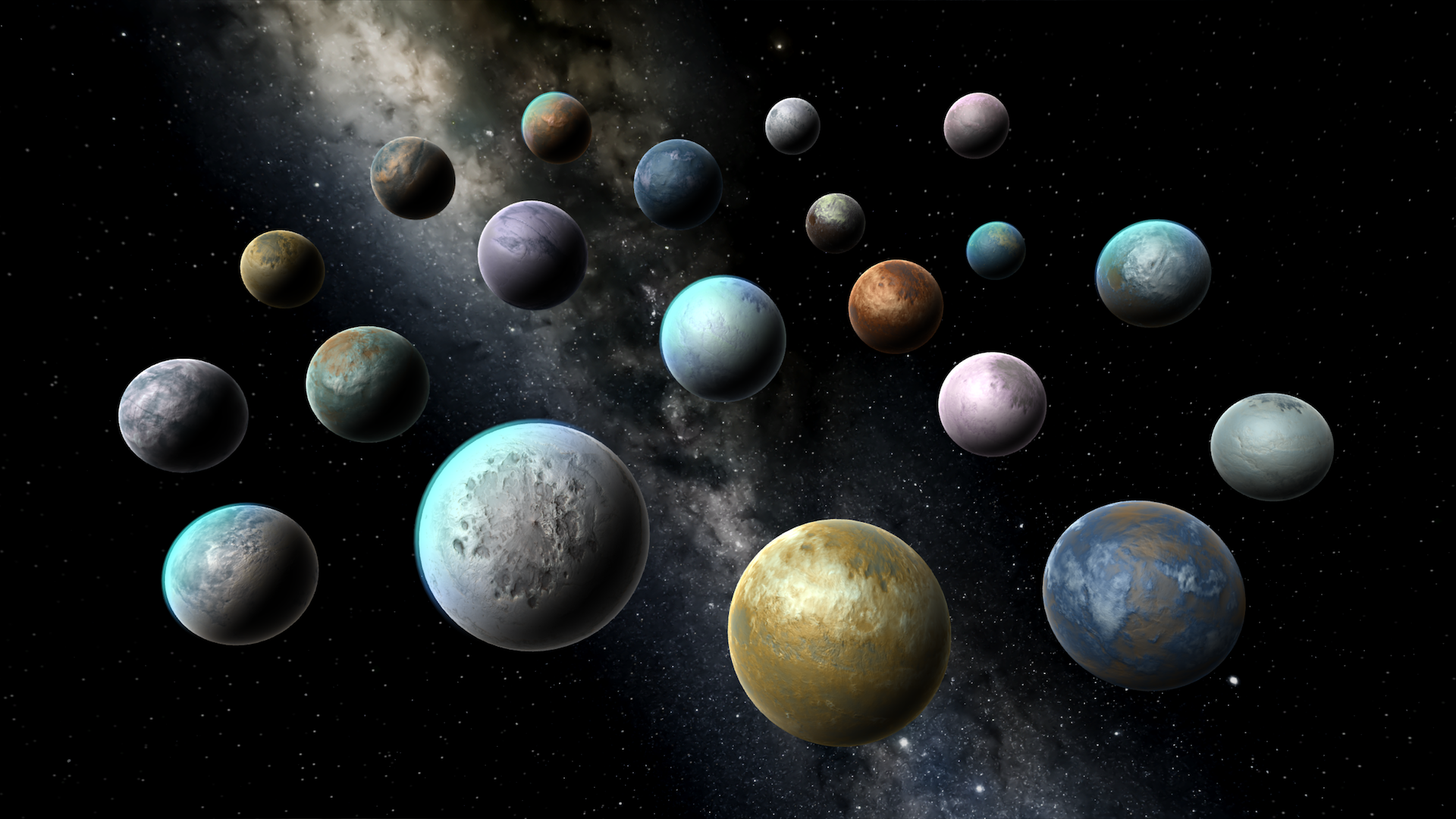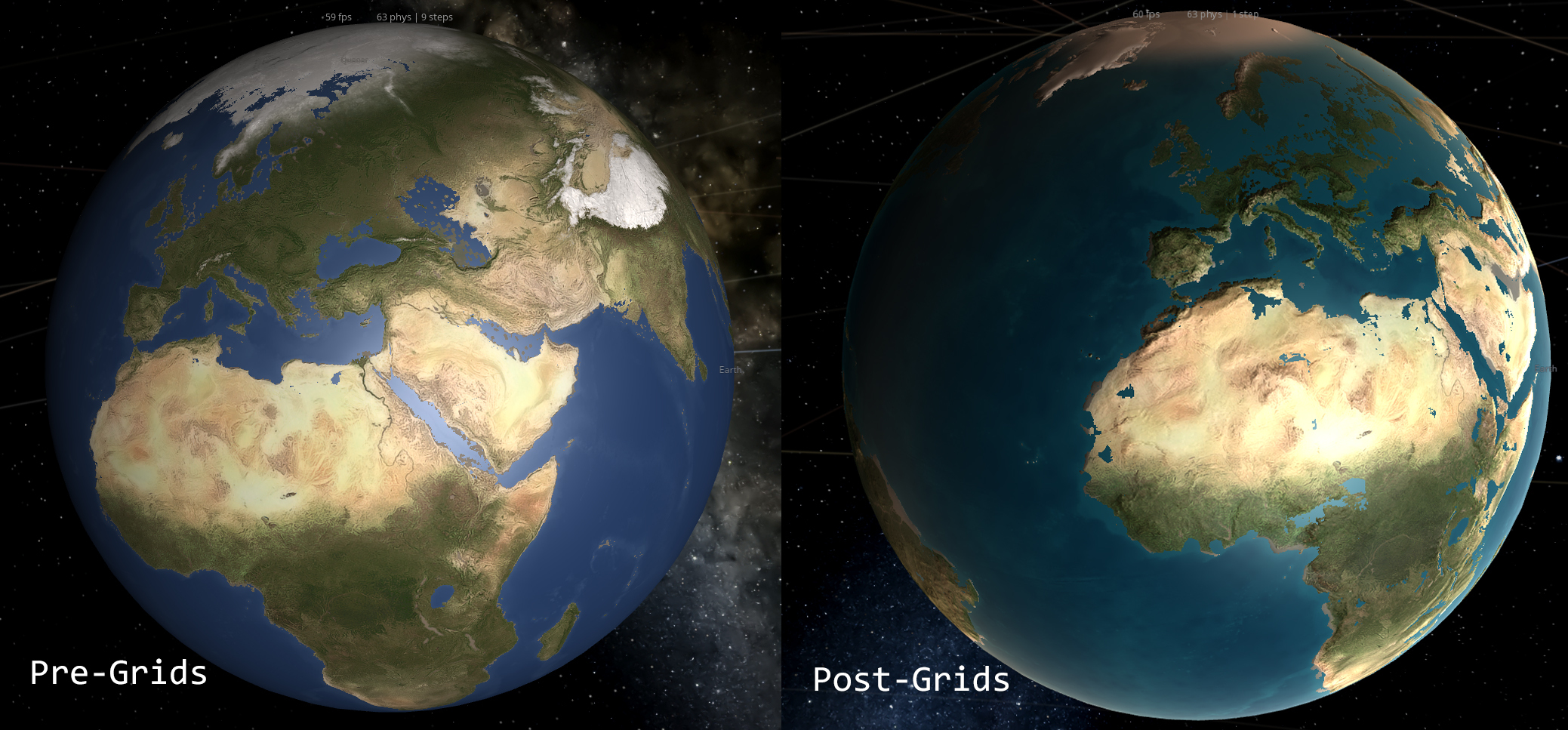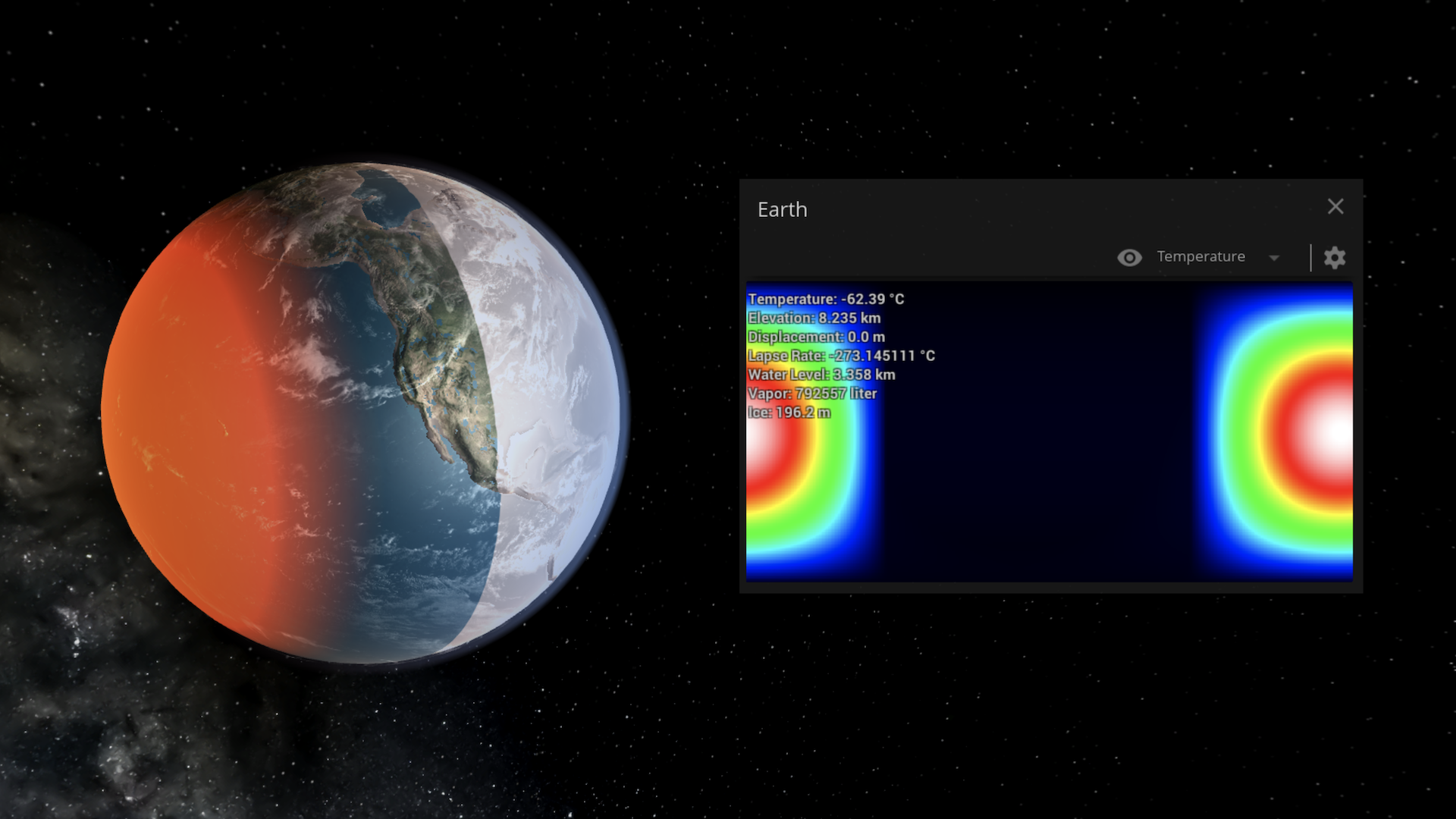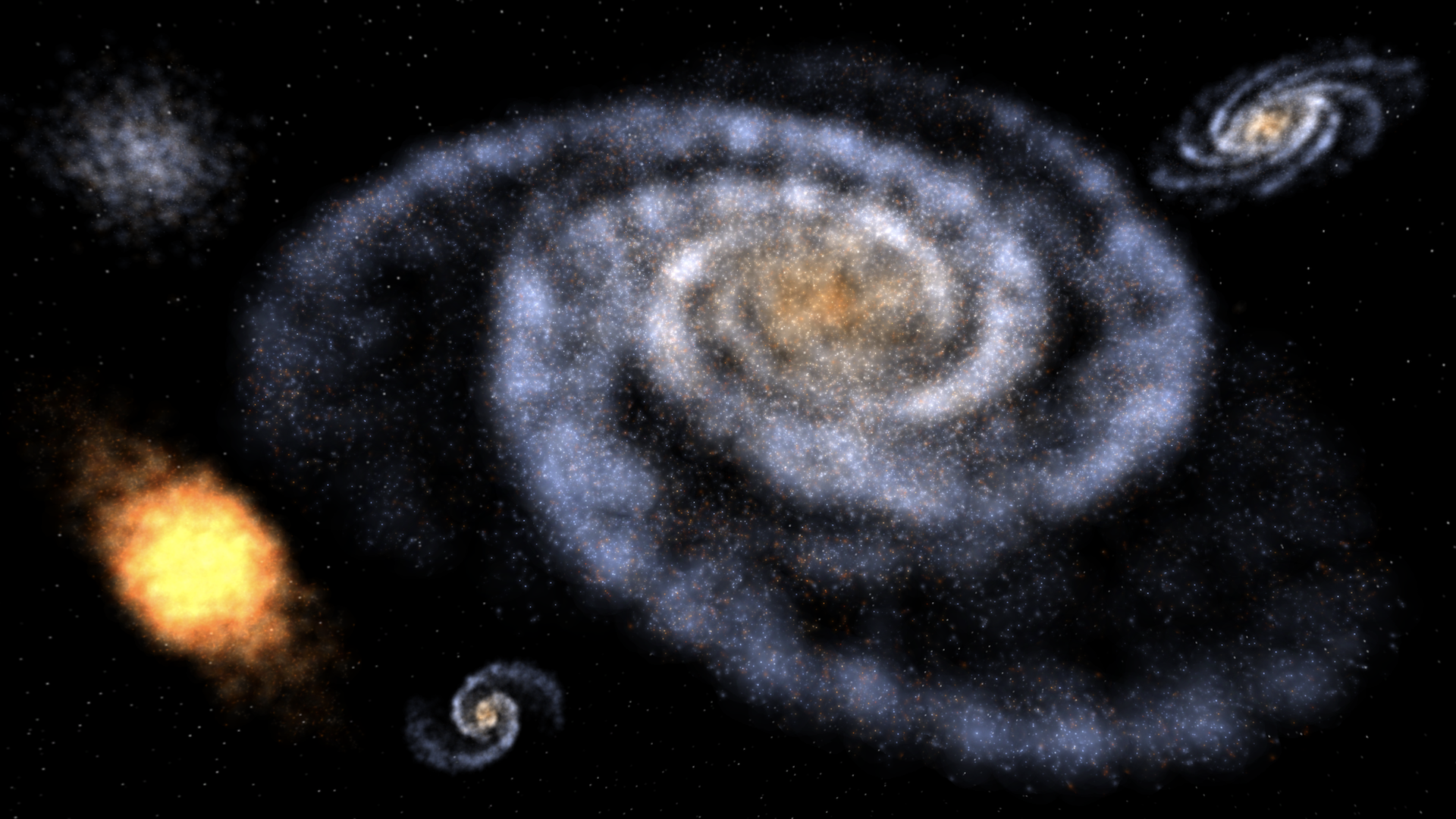
Nov 1, 2019
Universe Sandbox - Jar
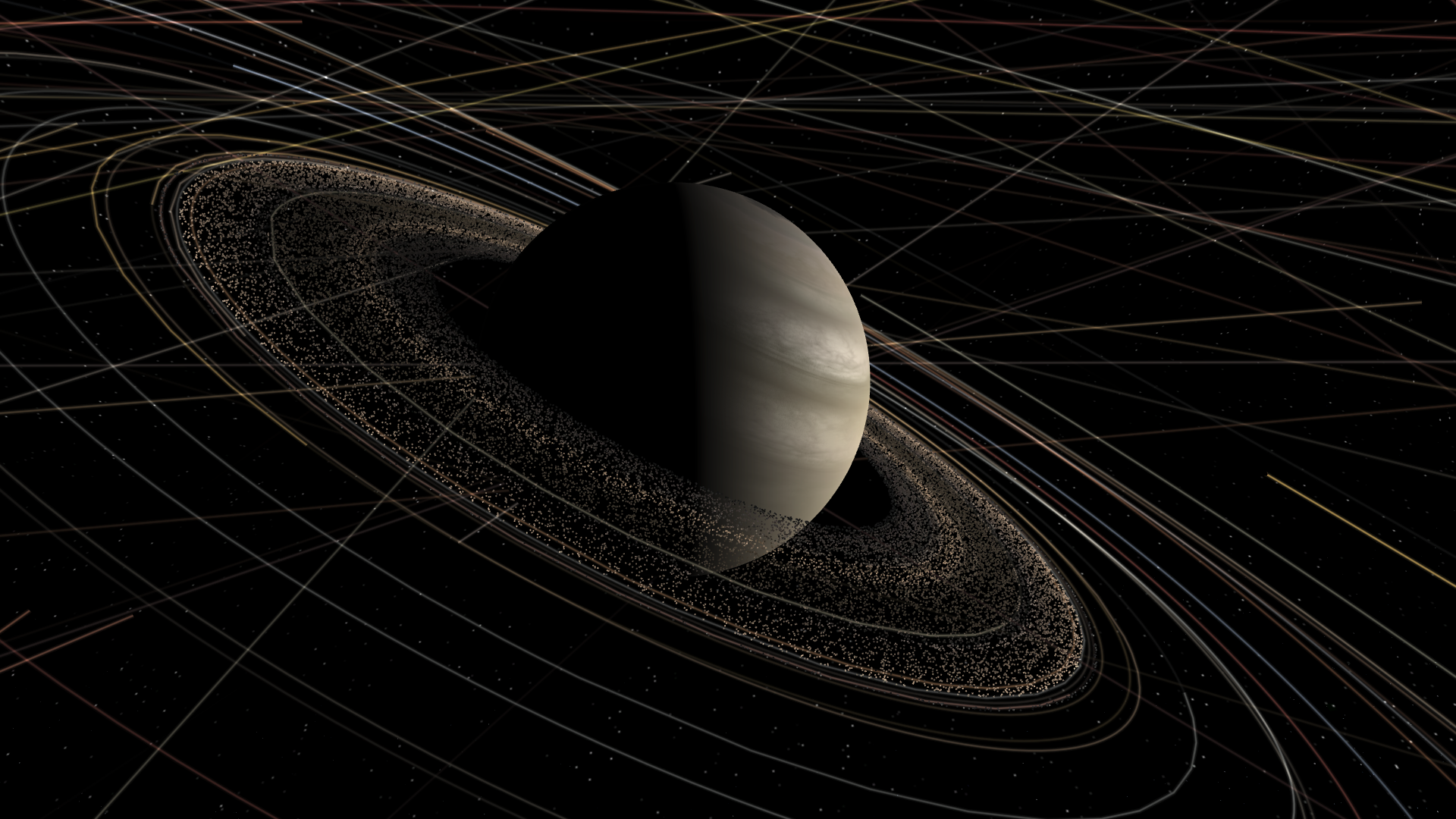
Introducing the new Moon Champion of the Solar System, with a total of 82 known moons, it’s the great ringed gas giant Saturn!
Take a tour through the discoveries of Saturn’s moons, from the first discovered moon, Titan, in 1655, to the latest discovery of 20 new moons in October 2019:
Home > Guides > Science > History of Saturn’s Moons
With 82 moons, Saturn now has the most known moons, surpassing the previous record holder Jupiter and its 79 known moons.
This update also includes a refresh of our database and Saturn simulations to add its new moons, plus a few smaller fixes and improvements.
Check out a full list of What's New in Update 23.2
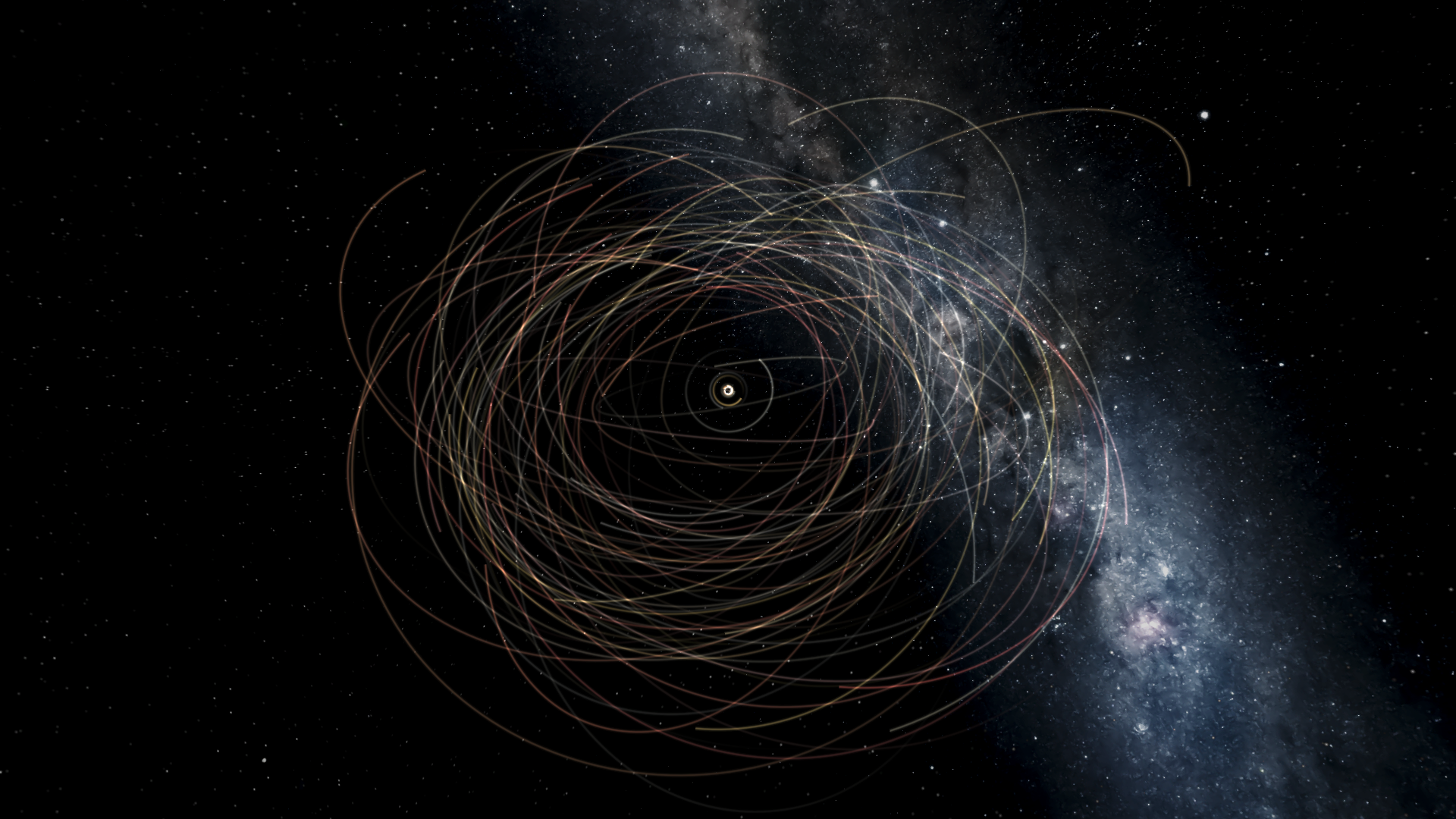
We're still hard at work on the next big features, Surface Grids & Lasers. Interested in trying them out? Take a sneak peek!







